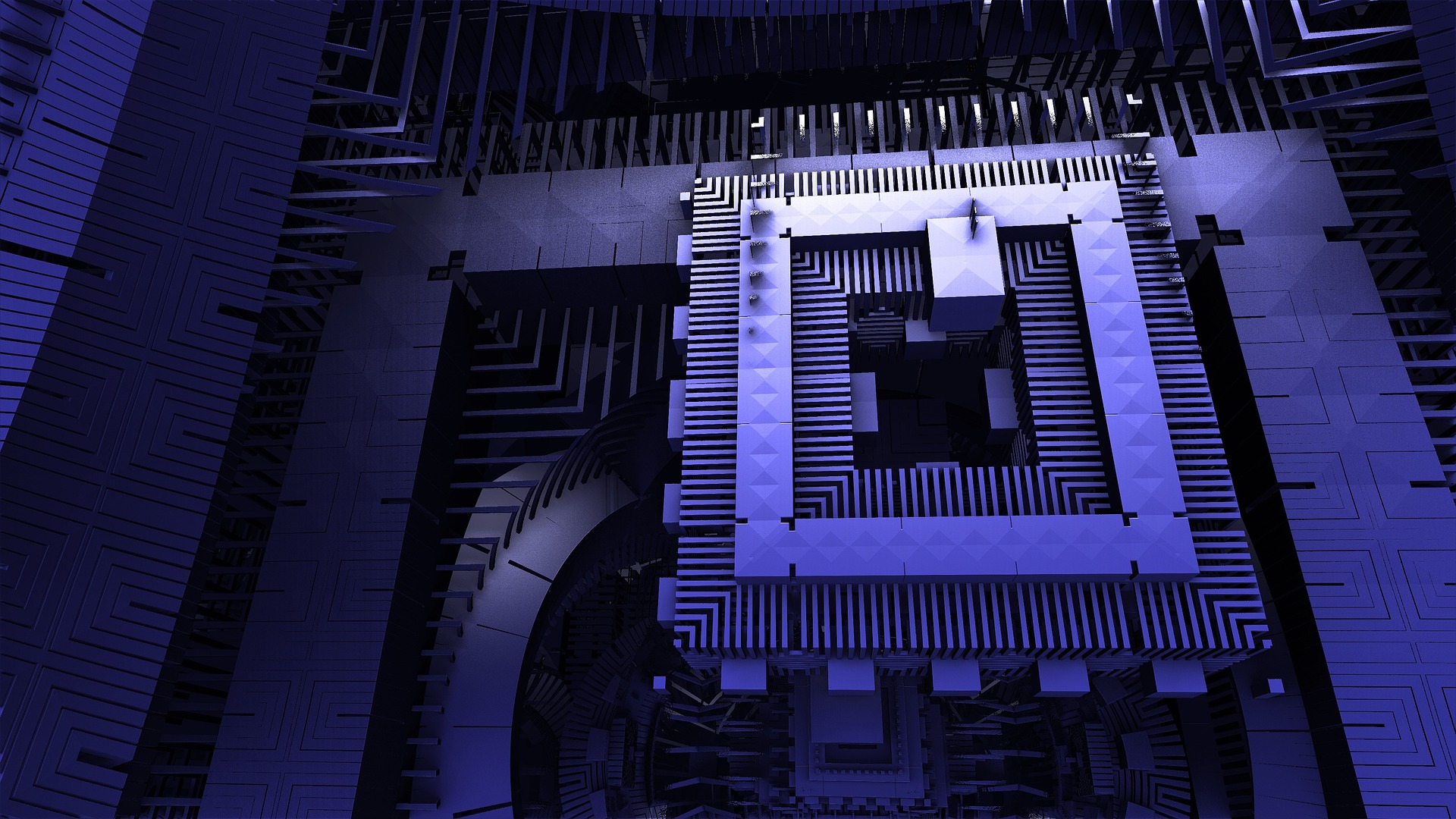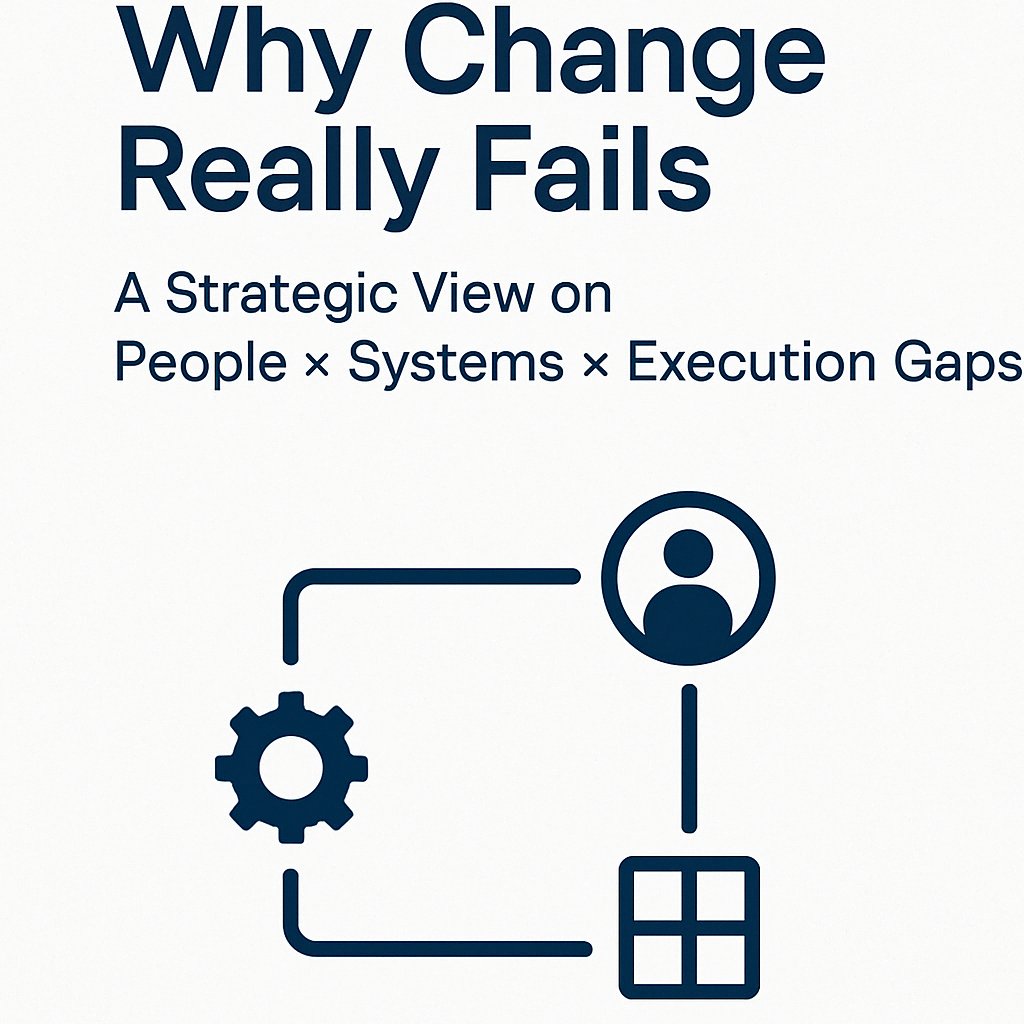Apr07

Imagine if every atom in the universe was retooled as a supercomputer. Not a modest step forward, but a breathtaking vault — solving in mere seconds what today’s finest machines would wrestle with for billions of years. That’s the promise of a quantum computer boasting 300 logical qubits. It’s a notion that stirs both wonder and urgency: how soon could this shift the ground beneath us, and what does it mean for those steering the course ahead?
Let’s unpack this together — no formulas required, just a shared curiosity about what’s on the horizon.
What Are Logical Qubits, Exactly?
In the familiar world of classical computing, bits are straightforward: a 1 or a 0, like flipping a switch. Quantum bits — qubits — play by stranger rules. They dance in a state of quantum superposition, embodying multiple possibilities at once. It’s as if they’re spinning coins, landing heads, tails, or hovering midair. This quirk lets them tackle vast arrays of outcomes simultaneously, but there’s a catch: they’re temperamental, prone to faltering under the slightest disturbance.
Logical qubits solve that problem. They’re the refined version — crafted from clusters of physical qubits and bolstered by intricate error-correction techniques. Think of them as seasoned professionals, dependable where their raw counterparts stumble. A system with 300 logical qubits would be a powerhouse ensemble, ready to confront challenges we’ve barely begun to imagine.
The Astonishing Reach of 300 Logical Qubits
Here’s where it gets jaw-dropping: a machine with 300 logical qubits could perform feats so immense that if every atom in the observable universe — every star, grain of sand, and wisp of gas — became a supercomputer, they’d still fall short. We’re talking an unfathomable scale of operations, compressing eons into moments. It’s not just about speed; it’s about rewriting what’s possible.
What might this unlock? Picture crafting pharmaceuticals by precisely modeling molecular interactions, or untangling global logistics snarls with a flick of computational wizardry. It’s the sort of breakthrough that doesn’t just refine our work — it redefines the questions we dare to ask.
The State of Play: Early 2025
So, where do we stand as of early 2025? The field’s alive with progress, driven by some of the sharpest minds out there:
We’re operating between 10 and 28 logical qubits now. To reach 300 requires a leap — 10 to 30 times the current count. Daunting, yes, but the pace of innovation suggests it’s within reach.
The Path Forward: Scaling the Quantum Frontier
Assembling logical qubits isn’t a simple stacking game — it’s more like orchestrating a symphony in a storm. Each logical qubit demands a supporting cast of physical ones, often 25 to 1,000, to fend off errors. Smarter designs aim to trim that ratio to 10–20, a shift that could make 300 logical qubits viable with 3,000–6,000 physical qubits. Here’s what the frontrunners are planning:
The AI Advantage: Accelerating Progress
Here’s an intriguing twist: artificial intelligence is stepping in as a partner. AI’s knack for refining error correction, optimizing designs, and streamlining processes could shave years — perhaps 3 to 10 — off the timeline. If it narrows that physical-to-logical ratio to 20:1, 6,000 physical qubits might suffice for 300 logical ones. Suddenly, the finish line feels closer than we thought.
A Timeline to Ponder
So, when might this milestone arrive? Let’s sketch out some possibilities:
My take? 2027–2031. I’d wager 100 logical qubits by 2027 is plausible, with 300 following by 2029, especially if AI keeps lending a hand. Too bold? Maybe, but the trends are hard to ignore.
Why This Matters to You
When a 300 logical qubit system comes online, it’ll reshape the landscape. It could unravel today’s encryption, pressing us to rethink security from the ground up. At the same time, it’ll open doors to marvels — new materials, climate solutions, you name it. For leaders, it’s a call to prepare, not just to watch.
As you gaze at the stars some evening, consider this: we’re crafting a tool that could outthink them all. It’s not a matter of if, but when. I’m betting on 2029, give or take a year or two. What will we do with that power when it’s ours to wield?
Keywords: AI, Business Strategy, Quantum Computing
 Friday’s Change Reflection Quote - Leadership of Change -Leaders Enable Peaceful Dispute Resolution
Friday’s Change Reflection Quote - Leadership of Change -Leaders Enable Peaceful Dispute Resolution The Corix Partners Friday Reading List - April 18, 2025
The Corix Partners Friday Reading List - April 18, 2025 Breaking Through Mental Barriers: Shifting from Self-Sabotage to Self-Mastery
Breaking Through Mental Barriers: Shifting from Self-Sabotage to Self-Mastery Why Change Really Fails: A Strategic View on People × Systems × Execution Gaps
Why Change Really Fails: A Strategic View on People × Systems × Execution Gaps Beyond the Buzz: What It Really Takes to Build a Business Ecosystem
Beyond the Buzz: What It Really Takes to Build a Business Ecosystem